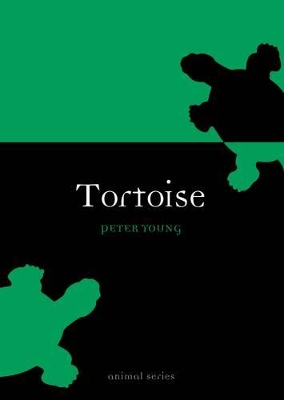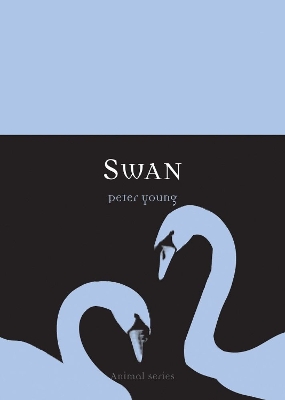Animal
2 total works
Tortoise is the first cultural and natural history of these long-lived and intriguing creatures, which have existed for more than 200 million years. The book covers tortoises worldwide, in evolution, myth and reality, ranging across palaeontology, natural history, myth, folklore, art forms, literature, veterinary medicine and trade regulations. The tortoise has been seen as an Atlas-like creature supporting the world, as the origin of music and as a philosophical paradox. Peter Young examines the tortoise in all these guises, as well as a military tactical formation, its exploitation by mariners and others for food, as ornament (in tortoiseshell), as a motif in art, and in space research. He looks at the movement away from exploitation to conservation and even the uses of the tortoise in advertising. As well as examples of species, illustrations from around the world include monuments, sculptures, coins, stamps, objets d'art, drawings, cartoons, advertisements and X-rays. The book will appeal not only to tortoise lovers but also to readers of cultural histories around the world.
Of more than 8,000 bird species, the swan is surely one of the most easily recognised. Airborne, the swan is a majestic sight: with its long, slender neck outstretched, it glides gracefully with slow, strong wing-beats. Its large webbed feet and short legs, which make it awkward on land, propel it serenely and effortlessly through water. "Swan" is a comprehensive natural and cultural history of this most dignified of birds. Peter Young relates the natural history of the swan: its elegant exterior concealing a lightweight frame; details of extinct species and the differences between the 8 surviving species; its power and endurance; its formation flying, which conserves energy and allows long-haul flights to be made at speed; its habitat and feeding habits. He also explores the extensive cultural history of the swan, from its frequent portrayal in painting, sculpture, porcelain and furniture; to its use in heraldry; the Greek myth of Leda and the Swan; and, Hans Christian Andersen's "The Ugly Duckling", and "Swan Lake". The book goes on to examine the uses and abuses of swans; questions of conservation; of the swan as food; and, its widespread use in logos and brand-names.
Informed yet accessible, wide-ranging yet detailed, "Swan" will appeal to the wide audience interested in this graceful and beautiful bird.
Informed yet accessible, wide-ranging yet detailed, "Swan" will appeal to the wide audience interested in this graceful and beautiful bird.

